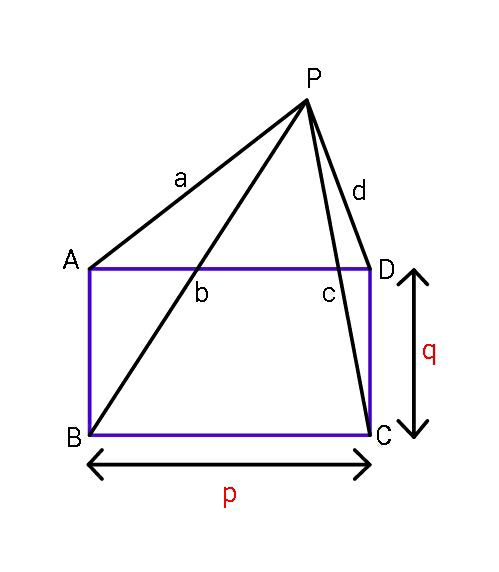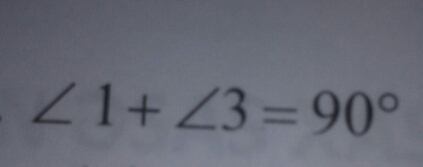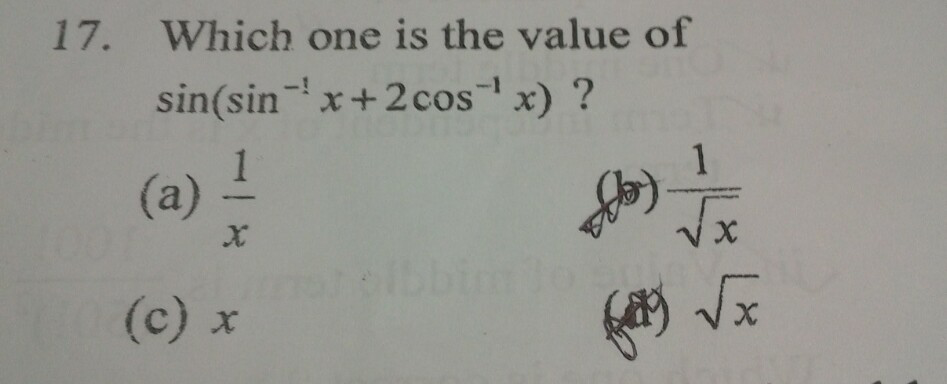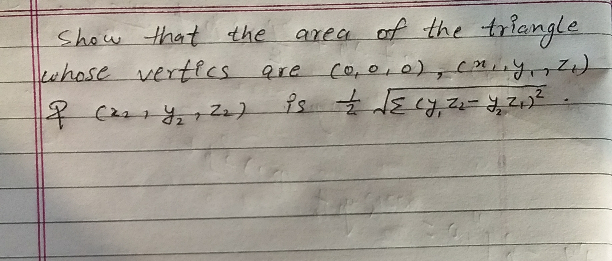
AllQuestion and Answers: Page 1600
Question Number 49621 Answers: 0 Comments: 0

Question Number 49605 Answers: 1 Comments: 3

Question Number 49604 Answers: 2 Comments: 0
Question Number 49602 Answers: 0 Comments: 0
Question Number 71170 Answers: 1 Comments: 1

Question Number 49594 Answers: 0 Comments: 1
$$\:\:\:\:{How}\:{can}\:{we}\:{insert}\:{images}\:{in}\:{the}\:{editor}? \\ $$
Question Number 49651 Answers: 0 Comments: 3

Question Number 49570 Answers: 1 Comments: 0
Question Number 51422 Answers: 2 Comments: 1

Question Number 49559 Answers: 2 Comments: 1

Question Number 49555 Answers: 0 Comments: 0
$$\mathrm{Find}\:\mathrm{4}\:\: \\ $$$$\mathrm{plz}\:\mathrm{help}\:\mathrm{me}\:\mathrm{sir} \\ $$
Question Number 49554 Answers: 0 Comments: 0

Question Number 49553 Answers: 0 Comments: 1

Question Number 49536 Answers: 3 Comments: 2

Question Number 49534 Answers: 1 Comments: 3

Question Number 49530 Answers: 3 Comments: 3

Question Number 49526 Answers: 1 Comments: 1

Question Number 49583 Answers: 0 Comments: 4

Question Number 49491 Answers: 1 Comments: 0
Question Number 49487 Answers: 0 Comments: 2
Question Number 49482 Answers: 1 Comments: 14
Question Number 49468 Answers: 1 Comments: 0

Question Number 49466 Answers: 0 Comments: 0
Question Number 49464 Answers: 2 Comments: 2
Question Number 49463 Answers: 1 Comments: 0
Question Number 49462 Answers: 2 Comments: 0
Pg 1595 Pg 1596 Pg 1597 Pg 1598 Pg 1599 Pg 1600 Pg 1601 Pg 1602 Pg 1603 Pg 1604
